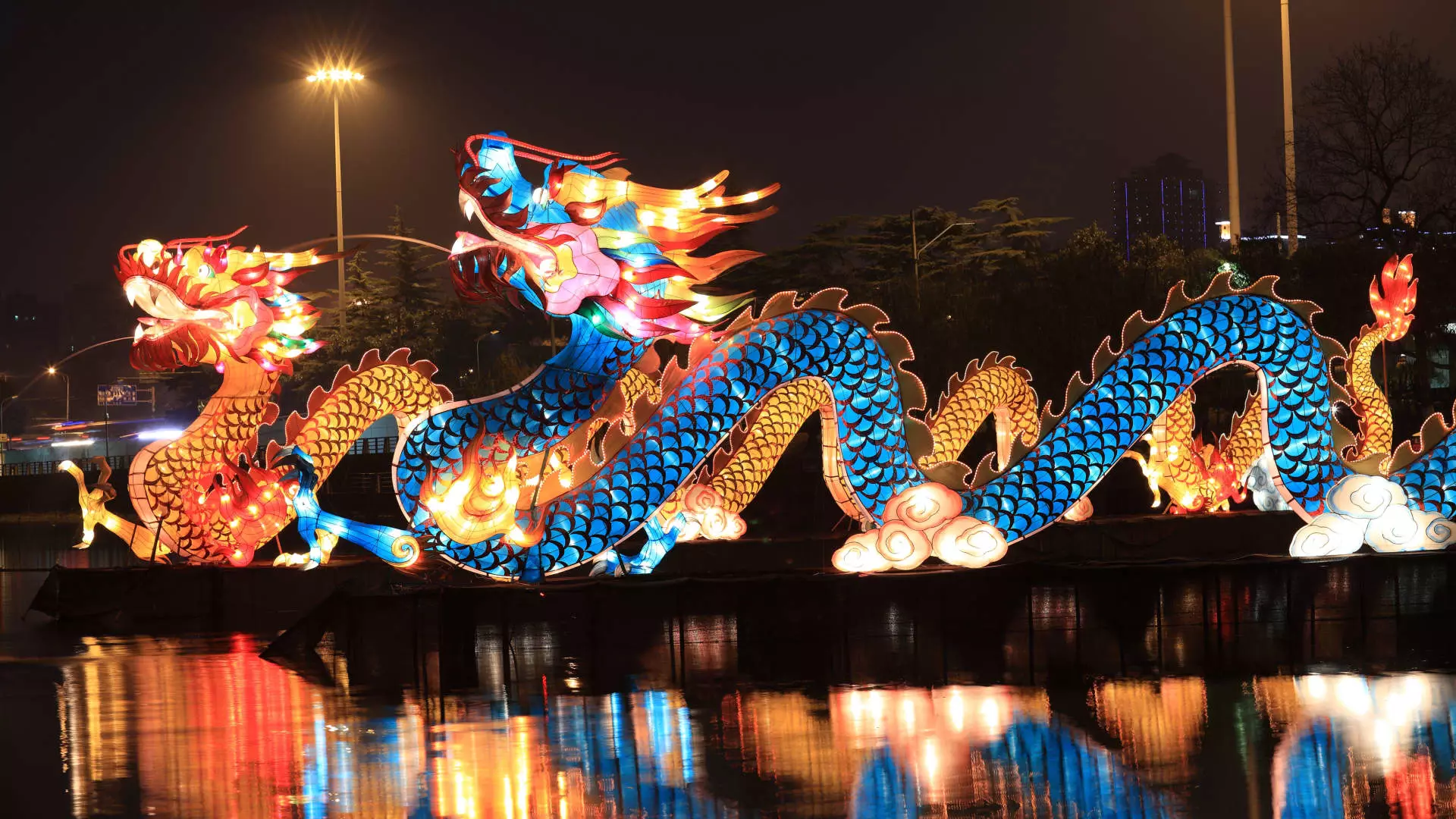The tourism revenues in China during the recent eight-day Lunar New Year holidays saw a substantial increase of 47.3% year-on-year, surpassing the pre-COVID 2019 levels. This surge was primarily driven by a boom in domestic travel, providing a temporary relief to policymakers in the midst of deflationary risks.
During the holiday period, domestic tourism spending spiked by 47.3% to 632.7 billion yuan ($87.96 billion) compared to the same period in 2023. This increase also marked a 7.7% rise from the pre-COVID levels in 2019. The significant growth in spending was reflective of the increased number of domestic trips made during this year’s holiday, which grew by 34.3% from a year ago.
The Lunar New Year holiday, also known as the Spring Festival, is deeply rooted in the tradition of family reunions. It is a time when hundreds of millions of individuals travel back to their hometowns to celebrate with their loved ones. This tradition plays a significant role in driving the tourism industry during this festive period.
While domestic travel saw a remarkable surge, international travels also saw growth during the holiday. China witnessed approximately 13.52 million inbound and outbound trips, marking a 2.8 times increase from the same period last year. The total entry-exit trips during the holiday nearly reached 90% of the 2019 levels, indicating a gradual recovery in international tourism.
As a popular entertainment activity during the Lunar New Year holiday, film watching experienced a surge in popularity. The country’s box office revenue surpassed 8 billion yuan over the eight days, setting a new record high. This trend highlighted the significance of cultural and recreational activities in driving tourism spending.
Despite the surge in tourism revenues, China’s economy continues to face challenges such as a property downturn and sluggish demand. Policymakers have been compelled to implement measures to stimulate growth, including interest rate cuts. The delicate balancing act of supporting the economy amidst deflationary pressures remains a key focus for authorities.
The surge in tourism revenues during the Lunar New Year holidays in China showcases the resilience of the domestic travel industry. While the boost in spending offers temporary relief to policymakers, the sustainability of this growth remains uncertain in the face of ongoing economic challenges. As China continues to navigate through a complex economic landscape, the role of tourism in driving consumption and stimulating growth remains vital.

Leave a Reply